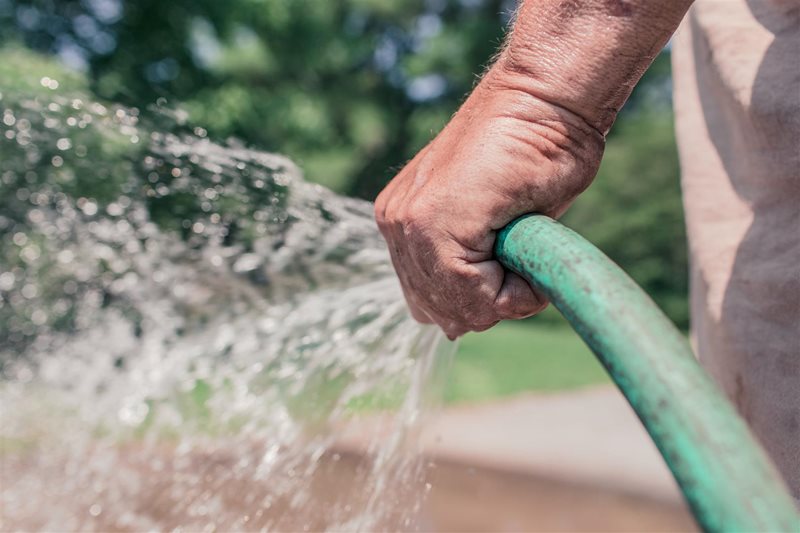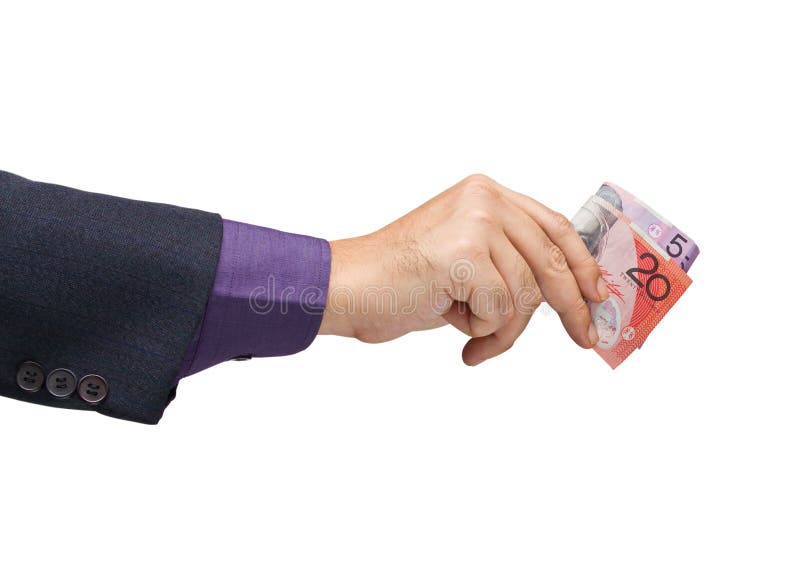


In Ghana, NRW made up 58% of the water supplied in the Accra-Tema area. Read a short report about our NRW work in Madagascar More detail on WSUP’s experience in Tana and its effects on the lives of the city’s poorer residents can be found here.

WSUP’s NRW work in Madagascar began in Antananarivo in 2010 and NRW rates have since declined significantly: for example, in the South zone of the city NRW reduced from 48% in 2012 to 39% in 2015. This could be achieved through building new water kiosks in underserved areas, for example. WSUP works with utilities to improve their management and delivery capacities, and an important aspect of our approach to lowering NRW is to ensure that the benefits of doing so translate to better service and access for lower-income customers. Reducing rates of NRW is a no-brainer for relatively low levels of investment, a well-designed programme mainstreamed into everyday operations will increase a utility’s amount of billable water, thus raising revenue and developing services. Read our guide to non-revenue water reduction This then becomes a self-sustaining negative loop, as utilities cannot collect the money they need to invest in their operations. NRW has serious repercussions: utilities that perform poorly financially will have reduced capacity to repair pipes, will not be able to extend the network and increase treatment capacity to keep up with urban growth, and will have less water overall for customers. This kind of financial loss is unsustainable, particularly in developing countries suffering from water scarcity and undergoing rapid urbanisation, where utilities sorely need money to meet the demands of a growing population. Overall, this unbilled water was worth US $14 billion. The gap between water supplied by utilities and revenue received from customers is significant: in 2010, more than 32 billion cubic meters of water was lost globally through leakage alone, while another 16 million cubic meters made it to consumers but was not paid for. This could be due to physical losses from leaking pipes, or commercial losses such as malfunctioning meters that charge households too little, households that are not metered at all, poorly designed tariffs that don’t reflect water’s cost, and even theft (illegal connections to the water network, for example). NRW is water that is produced by a utility for which no revenue is received. This phenomenon is referred to as ‘non-revenue water’ (NRW). Yet this is exactly the kind of situation in which many water utilities around the world find themselves – the cost of producing and supplying their primary ‘product’ (clean and safe water) is not recouped by many utilities, significantly impacting customer service and the provision of safe water. If a shop owner gave away half of their products for free, it would be fair to say that (while their generosity might be applauded) their venture probably wouldn’t last very long.Įven if that shop were the only official supplier of a particular product, losing out on potential profit at such a rate would mean that it could not replenish its supplies, quality would drop and the shop would have to periodically shut down in order to cut costs, further eating away at its bottom line.


 0 kommentar(er)
0 kommentar(er)
